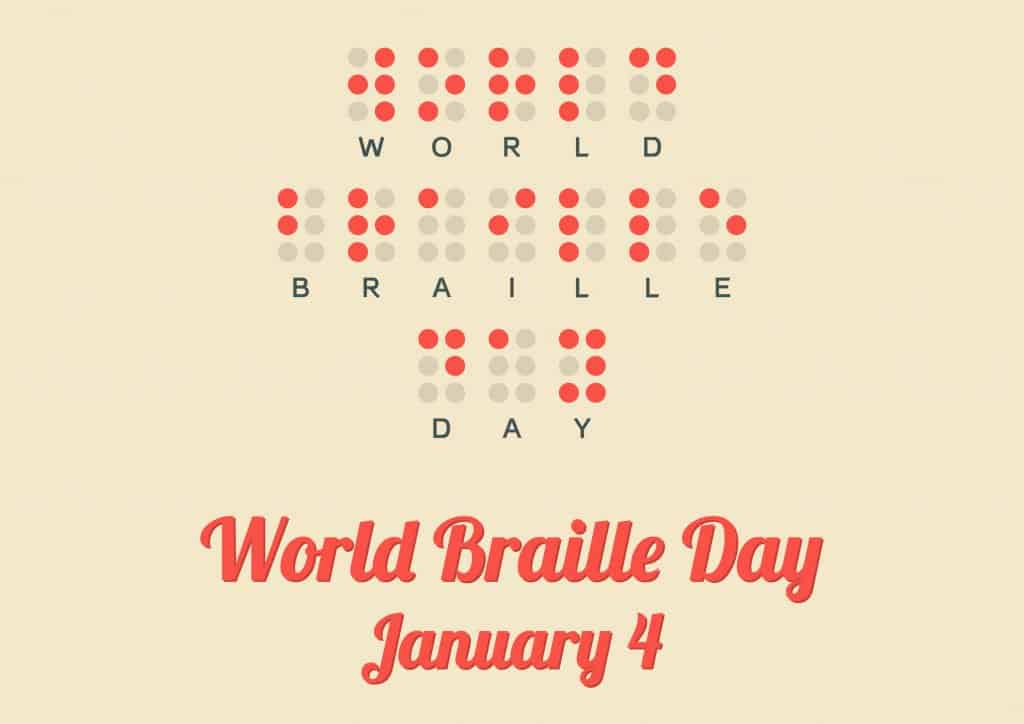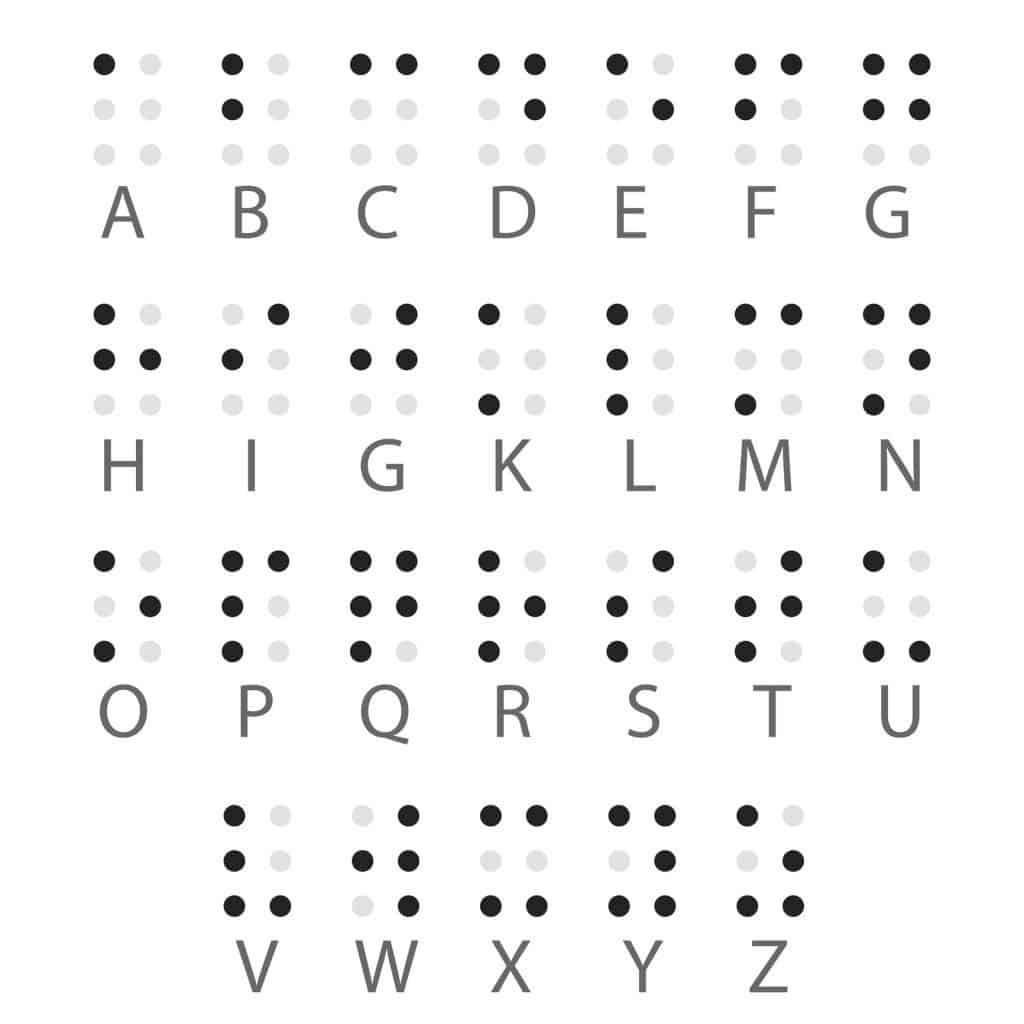

Today (January 4) was proclaimed by the United Nations General Assembly last November as World Braille Day to raise awareness of the importance of Braille as a means of communication for blind and partially sighted people.
The World Health Organization (WHO) reports that people who are visually impaired are more likely than those with full sight to experience higher rates of poverty and disadvantages which can amount to a lifetime of inequality.
There are an estimated 39 million blind people worldwide, while another 253 million have some sort of vision impairment. For many of them, Braille provides a tactical representation of alphabetic and numerical symbols, so they can read the same books and periodicals printed as are available in standard text form.

The UN Convention on the Rights of Persons with Disabilities (CPRD) cites Braille as a means of communication; and regards it as essential in education, freedom of expression and opinion, access to information and social inclusion for those who use it.
To foster more accessible and disability-inclusive societies, the UN launched its first-ever flagship report on disability and development last year, coinciding with the International Day for Persons with Disabilities on which Secretary General António Guterres urged the international community to take part in filling inclusion gaps.
“Let us reaffirm our commitment to work together for an inclusive and equitable world, where the rights of people with disabilities are fully realized,” he said.
What is Braille?
Braille is a tactile representation of alphabetic and numerical symbols using six dots to represent each letter and number, and even musical, mathematical and scientific symbols. Braille (named after its inventor in 19th century France, Louis Braille) is used by blind and partially sighted people to read the same books and periodicals as those printed in a visual font. Use of braille allows the communication of important information to and from individuals who are blind or partially sighted, ensuring competency, independence and equality.

Night writing, the precursor to Braille, was invented by French army officer Charles Barbier. It was intended for use by soldiers as a means of communicating at night without the use of sound and light. Ultimately, the French military rejected night writing, claiming it was too difficult for soldiers to use. While attending France’s Royal Institute for Blind Youth, Louis Braille learned of Barbier’s invention and attempted to improve upon it. Braille published his work in 1829 and it has since been adapted to many of the world’s languages.
The Valentin Haüy Association, where Louis Braille worked over a hundred years ago, continues to promote the use of Braille in France, while translating documents and books into the language.
It is also trying to find ways to ensure that Braille, and its readers, move into the digital age – including helping people learn to use digital braille keyboards, print braille papers, and make websites accessible.
Currently, less than 10% of French internet sites are accessible to people with a visual, hearing, or motor disability.







